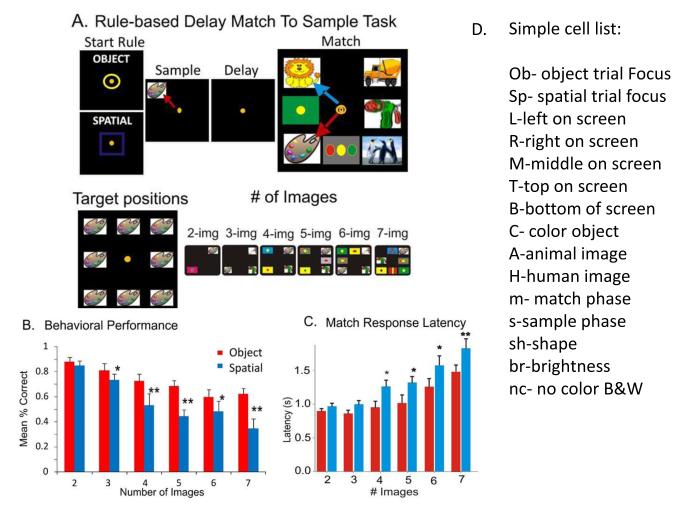Figure 1. Dual Trial-Delayed Match to Sample Memory Task.
A. The Rule-based DMS task: NHPs are seated in a primate chair with a shelf-counter in front of them facing a large display screen. During task performance the right hand position on the counter top is tracked by a small LCD camera positioned 30 cm above the hand and displayed as a bright yellow cursor on the projection screen. The screen displayed 2-8 clipart images (# of images) per trial which were placed randomly across each of the 8 possible screen positions (Target positions). Representative screen displays and screen images are shown for successive Phases of the DMS task: Start-Rule, Sample, Delay and Match, in which two types of trials are possible. The display of the Match phase on the right (Match) shows correct selections for both types of trial indicated by the Start-Rule image (left) as either: 1)a Spatial trial in which the correct response (blue arrow) was placement of the cursor into the same spatial location on the screen in which the Sample image was displayed and responded to in the Sample phase, irrespective of image features, or; 2) an Object trial in which the same image shown in the Sample phase was selected (red arrow) irrespective of which location on the screen it occupied. The Delay interval between the occurrence of the Sample response and presentation of the Match phase was of variable duration (5.0-90.0s) on each trial. B&C. Average behavioral performance (% correct) and Match response latencies of trained animals (n=6) on each type of trial, shown as a function of the number of distracter images presented in the Match phase. D. List of abbreviated labels for task-related attributes of images presented in Sample phase recorded consistently from hippocampal cells during either Spatial or Object trials for at least 60 daily sessions consisting of 100 trials. Abbreviated labels denote Simple cell features in the hierarchical encoding arrays shown in Figures 2-4.

